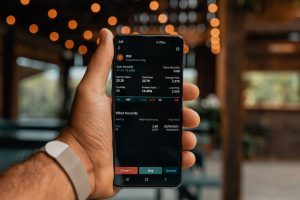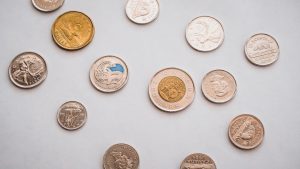Forex trading is a lucrative business that is widely practiced by banks and financial institutions worldwide. The forex market is the largest and most liquid market in the world with over $5.3 trillion traded daily. Banks play a vital role in the forex market as they facilitate the buying and selling of currencies for their clients. In this article, we will explore how banks trade forex.
The forex market is an over-the-counter (OTC) market, meaning that it is decentralized and does not have a physical exchange. Banks trade forex through an electronic network of banks, financial institutions, and market makers. The forex market operates 24 hours a day, five days a week, allowing banks to trade forex around the clock.
The first step in forex trading for banks is to analyze the market and identify potential opportunities. Banks use a range of tools and techniques to analyze the market, including technical analysis, fundamental analysis, and sentiment analysis. Technical analysis involves studying charts and using indicators to identify trends and potential entry and exit points. Fundamental analysis involves analyzing economic data and news events to understand the underlying factors that drive currency movements. Sentiment analysis involves studying market sentiment to understand how investors feel about a particular currency.
Once a bank has identified a potential opportunity, it will place an order to buy or sell a currency pair. The order is executed through the bank’s trading platform, which is connected to the electronic network of banks and financial institutions. The trading platform allows banks to access real-time quotes, execute trades, and monitor positions.
Banks can trade forex in a variety of ways, including spot trading, forward contracts, options, and futures. Spot trading is the most common way that banks trade forex. In spot trading, banks buy or sell a currency pair at the current market price with settlement typically occurring two business days later. Banks can also enter into forward contracts, which allow them to buy or sell a currency at a predetermined price and date in the future. Options give banks the right, but not the obligation, to buy or sell a currency at a predetermined price and date in the future. Futures contracts are similar to forwards but are standardized and traded on exchanges.
Banks also use a range of trading strategies to maximize their profits and minimize their risks. These include scalping, day trading, swing trading, and position trading. Scalping involves making small profits on small price movements over a short period. Day trading involves buying and selling currencies within a single trading day. Swing trading involves holding positions for several days to take advantage of medium-term price movements. Position trading involves holding positions for several weeks or months to take advantage of long-term price movements.
Risk management is a crucial aspect of forex trading for banks. Banks use a range of risk management tools, including stop-loss orders, limit orders, and hedging. Stop-loss orders allow banks to limit their losses by automatically closing out a position if the price reaches a predetermined level. Limit orders allow banks to take profits by automatically closing out a position if the price reaches a predetermined level. Hedging involves taking positions in the opposite direction of a primary position to reduce the risk of losses.
In conclusion, banks play a vital role in the forex market, facilitating the buying and selling of currencies for their clients. Banks trade forex through an electronic network of banks, financial institutions, and market makers. They use a range of tools and techniques to analyze the market, identify potential opportunities, and execute trades. Banks can trade forex in a variety of ways, including spot trading, forward contracts, options, and futures. They use a range of trading strategies and risk management tools to maximize their profits and minimize their risks.





